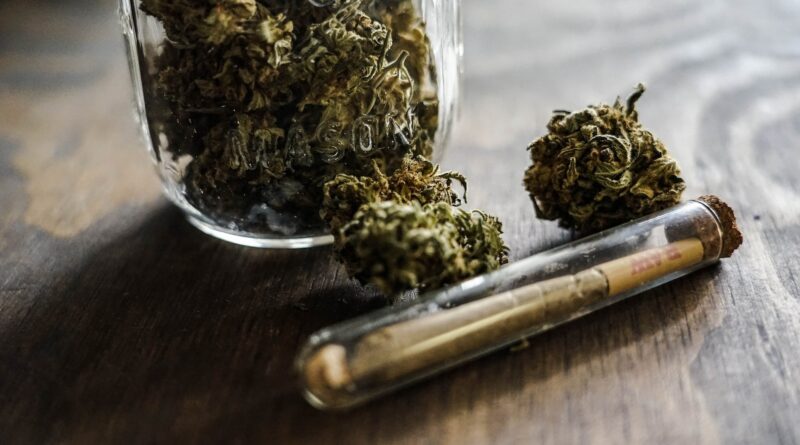The Green Thumb Guide: Cultivating Cannabis for Personal Medicinal Use
The increasing acceptance of cannabis for medicinal use has sparked a widespread interest in cannabis cultivation across various states. As such, many cannabis enthusiasts are taking a hands-on approach in growing their own homegrown medicine. Washington State, for instance, has seen a considerable rise in home cannabis gardening thanks in part to its favourable legislation.
But what sets cultivating cannabis plants for medicinal use apart from simply growing recreational weed? What are some key considerations to observe when nurturing your plants from seed to flower? This guide presents useful tips for growing therapeutic cannabis at home, employing sustainable methods to produce organic cannabis.
The first thing to note when venturing into cannabis cultivation is understanding the different strains. Just like with other plants, there are various cannabis strains, each with unique traits and benefits. Some strains are particularly favoured for medicinal use because of their high CBD content. Before beginning, research on various strain’s potential benefits and growth requirements is crucial. This list of high CBD strains can be a good starting point.
Now, let’s delve into the actual growth process.
1. **Choose the Appropriate Cultivation Techniques**
The choice between indoor gardening and outdoor cultivation significantly influences your cannabis plant’s health and yield. Indoor gardening allows more control over the growing environment. Grow lights, air conditioning, and humidity controls are some tools you can use to provide the perfect conditions for your plants. Websites and resources like ILoveGrowingMarijuana provide exhaustive information about indoor cultivation techniques.
Outdoor cultivation, on the other hand, is economically beneficial as it relies on natural sunlight and atmospheric conditions. However, it requires a suitable climate and soil. This article comparing indoor and outdoor cannabis cultivation provides a more comprehensive look at the perks and pitfalls of both methodologies.
2. **Invest in Your Soil**
Whether you choose outdoor or indoor gardening, soil quality plays a pivotal role in the health and productivity of your plants. Organic and nutrient-dense soil encourages robust and healthy growth. More importantly, organic cannabis grown in a pesticide-free and sustainable environment is a better choice for medicinal use.
3. **Harvesting**
The timing of harvesting is crucial to ensure the optimal concentration of beneficial compounds in your plants. A general rule is to harvest when half to seventy percent of the pistils have darkened and curled. Alchimiaweb presents a deeper look into the right time to harvest your plants.
4. **Considering Sustainability**
Sustainability is an essential aspect of cannabis cultivation, especially for medicinal purposes. Using natural pest control methods, creating compost from plant waste, and practicing rainwater collection are just some ways to ensure a sustainable process that results in organic cannabis. This is a value-added benefit for a plant that is earmarked for medicinal use.
5. **Compliant with State Laws**
While many states have decriminalized or legalized the cultivation of cannabis, there may still be specific regulations to follow. For residents in Washington State, for example, qualifying patients can grow cannabis for personal medical use. Familiarize yourself with your state’s specific laws to avoid any legal complications.
Whether you’re a novice gardener or a seasoned grower, cultivating your own cannabis can be a rewarding endeavor. Not only does it guarantee clean, organic cannabis for your medicinal needs, but it also provides a therapeutic gardening practice. The world of cannabis cultivation is vast and fascinating; take the time to learn and grow along with your plants.
Remember, growing your own medicine is not just about the end product. It’s also about embracing a healthier, more self-sustainable way of life. And nothing truly beats the satisfaction of nurturing your plants from seed to harvest.
